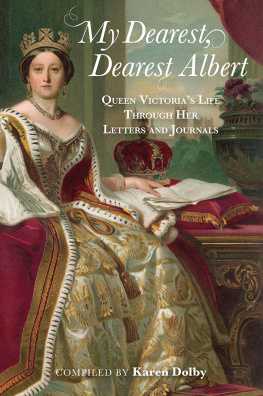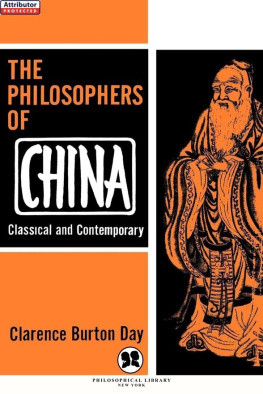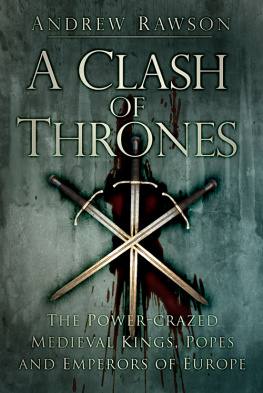

First published in Great Britain in 2013 by
Michael OMara Books Limited
9 Lion Yard
Tremadoc Road
London SW4 7NQ
Copyright Michael OMara Books Limited 2013
All rights reserved. You may not copy, store, distribute, transmit, reproduce or otherwise make available this publication (or any part of it) in any form, or by any means (electronic, digital, optical, mechanical, photocopying, recording or otherwise), without the prior written permission of the publisher. Any person who does any unauthorized act in relation to this publication may be liable to criminal prosecution and civil claims for damages.
A CIP catalogue record for this book is available from the British Library.
978-1-78243-069-8 in hardback print format
978-1-78243-167-1 in e-book format
Cover design by Ana Bjeanevi
Designed and typeset by www.glensaville.com
www.mombooks.com
INTRODUCTION
Philip Larkin in his poem Annus Mirabilis contributed some of the most witty lines to sum up the sexual revolution.
Was he right? Did sexual liberation really begin in the 1960s with free love, the introduction of the Pill and that potent mix of sex and drugs and rock n roll? Or was it during the 1950s, when the widespread use of penicillin reduced the dangers of infection from risky behaviour, which was coincidentally or otherwise accompanied by a spike in levels of illegitimate births and cases of gonorrhoea?
But what about the freedom from convention offered by the Second World War a loosening of morals because, quite frankly, what was the point when everyone could be dead tomorrow? And then there was the First World War and the international flu pandemic of 1918, whose lucky survivors ushered in an era of bright young things in which anything goes.
Or look further back. Were things really so different in earlier decades, or even millennia? Eighteenth-century archaeologists excavating the ancient Roman cities of Pompeii and Herculaneum could barely move for phallic art and erotic frescoes. Delve just a little deeper into historys seamier side and it turns out weve always been obsessed with sex. Kingdoms have been won and lost because of it, fortunes made and reputations ruined.
If you remain in any doubt as to the age-old obsession with sex, lets go back further still. Forty thousand years ago, when Prehistoric man was struggling to survive the Ice Age, living in caves and waging a constant battle against lack of food and attacks by wild animals, he still had the inclination to sculpt Venus figurines hundreds of which survive endowed with pendulous breasts and exaggerated buttocks. Made for holding rather than displaying, the figurines appear to have no practical purpose other than giving pleasure. Every generation thinks of its predecessors as old-fashioned, prim, proper, inhibited and even boring. Its simply not true. From the first pornographer to the first reported case of auto-erotic asphyxiation, beginning with the Ancient World and continuing with the saints and, of course, sinners of the Middle Ages, through the poets and bawds of the Renaissance, the misadventures of royalty, and the thriving underworld of the Georgians and Victorians, Historys Naughty Bits looks at what was really going on both behind closed doors and for all the world to see.
As the twelfth-century monk and chronicler Richard of Devizes wrote, Actors, jesters, smooth-skinned lads, Moors, flatterers, pretty boys, effeminates, pederasts, singing and dancing girls, quacks, belly-dancers, sorceresses, extortioners, night-wanderers, magicians, mimes, beggars, buffoons: all this tribe fill all the houses. They have done since time immemorial and will continue to do as long as men and women have a pulse.
A CLASSICAL
EDUCATION
Give me a thousand kisses, then a hundred, then another thousand. Catullus
Classical writers may not have invented sex but they were among the first to document it in graphic detail. As the royal philosopher King Solomon, writing in Ecclesiastes nearly 3,000 years ago, commented, There is nothing new under the sun. And its a theory that certainly seems to have been borne out by the Ancient Greeks and Romans: however perverse the practice, they almost always tried it first. It is no coincidence that many modern words connected with sex, from aphrodisiac and eroticism to nymphomania and zoophilia, are Greek in origin ...
ITS A MANS WORLD
Classical Greece was a great place to be a man and less so to be a woman or at least a respectable woman, who was expected to remain chaste and be rarely seen. Married women usually stayed at home with other women while their husbands socialized. Wives rarely dined with their husbands and never if there were guests.
Women were generally not regarded highly by the ancient Greeks and they had few legal or political rights. You only have to look at their flawed goddesses and positively malevolent fictional heroines: Euripides vengeful Medea, who murdered her brother, is just one case in point. For many men, the only point in marrying was to have legitimate heirs, so it is little wonder that women wanting to be relatively free might be drawn to the life of a courtesan. Known as hetairai, high-class courtesans were usually well educated and respected, holding positions in society reminiscent of later European royal mistresses. In the fourth century BC , the Athenian statesman and orator Demosthenes wrote, We have hetairai for our pleasure, concubines for our daily needs, and wives to give us legitimate children and look after the housekeeping.
NOT TONIGHT, DARLING
The lack of social relationship between married couples had an effect on the birth rate, and large families were virtually unknown. The historian and philosopher Xenophon evidently saw this as a grave problem in the third century BC , decreeing that, by law, a couple lacking a legitimate heir is required to have sex at least three times a month until the wife became pregnant.
One sinister result of the low status of women was a high level of female infanticide, with baby girls abandoned or left to their fate outside on open hillsides. Over in Sparta, male infanticide was also practised if the baby was considered too weak or imperfect in some way: a brutal early form of eugenics.
M ALE WORKOUTS


Wrestlers on an ancient Greek vase painting
At its extreme, the modern stereotype of Classical Greece is of open homosexuality, appreciation of the male form culminating in naked wrestling, and mixed public baths where anything was permissible. The reality was rather different both more innocent and more shocking.
On the one hand, the public baths were strictly segregated, male and female, and never mixed. On the other, Greek gymnasiums were all-male preserves where the athletes did indeed wrestle in the nude.
The word gymnasium comes from gymnos, meaning naked.
But gymnasiums were designed to train young men not just to wrestle but also to exercise and compete in a variety of sports in preparation for public games. They were also meeting places, where philosophical and intellectual debate might take place.





















